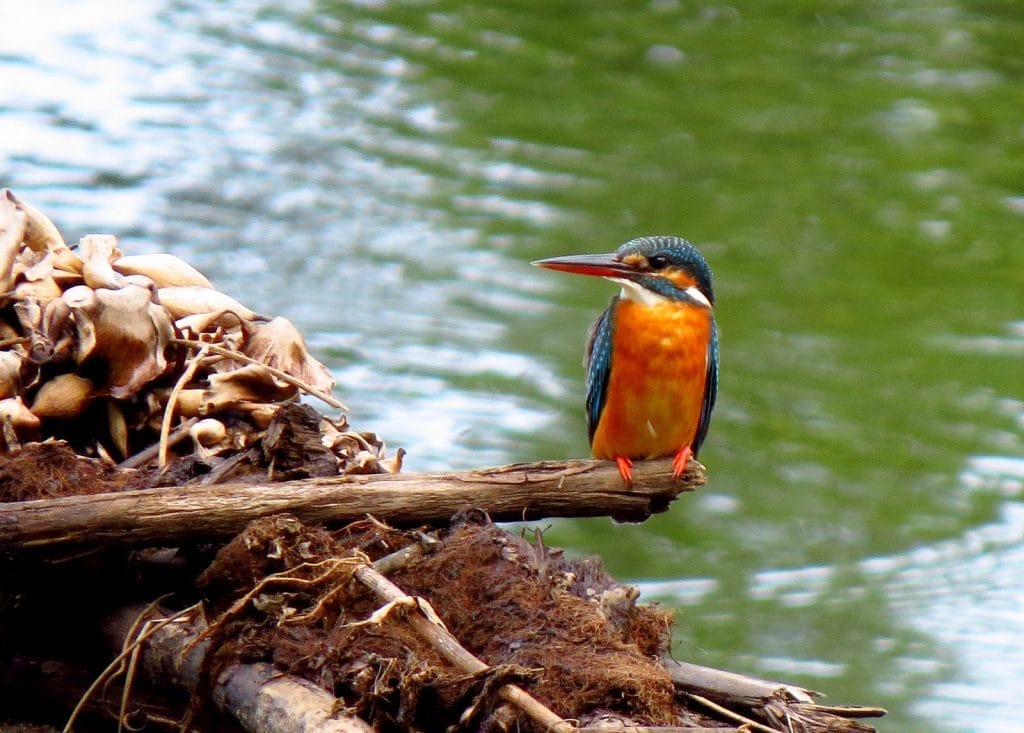by Cristina Montes
For this issue of ebon, Cristina reflects on the poetry of Mary Oliver in her Owls and Other Fantasies.
Poets are like scientists. Both occupations involve recording observations, albeit from different perspectives and in different languages. As windows to the wide world, the observations of both the poet and the scientist complement each other in enriching our understanding of our environment. The scientist explains the “what”, “where”, “when”, “how”, “how many”, and “why” of nature; the poet records the how nature provokes thoughts and stirs emotions. Neither perspective is better than the other; we need both for a full picture of reality that empowers us to deal with it.
Owls and Other Fantasies is a collection of 26 poems and 2 essays by Mary Oliver about birds. In this collection, Mary Oliver records, in verse form, her experiences with different species of birds.

The Wikipedia entry on Mary Oliver says that her work is “inspired by nature…stemming from from her lifelong passion for solitary walks in the wild.” The bio note on Mary Oliver in poetryfoundation.org says that she “would retreat from a difficult home to the nearby woods, where she would build huts of sticks and grass and write poems”. There is no explicit mention of her being a birder, but it is hard for a birder reading her poems not to feel any affinity with her. For example, in “The Dipper”, she writes:
Once I saw
in a quick-falling, white-veined stream,
among the leafed islands of the wet rocks,
a small bird, and knew it
from the pages of a book; it was
the dipper, and dipping he was,
as well as, sometimes, on a rock-peak, starting up
the clear strong pipe of his voice …
What strikes me about Mary Oliver’s writing is how it is both simple and rich. Each poem, both at first glance and in the final analysis, is nothing more than the narration of a moment with a bird, and yet the narration packs in so much insight and emotion. Mary Oliver’s style is far from histrionic, or sentimental, and she uses simple, every day words; paradoxically, however, it is precisely this restraint that gives her poems even more emotional impact.
Take, for example, the following poem from the collection:
The Loon on Oak-Head Pond
cries for three days, in the gray mist.
cries for the north it hopes it can find.
plunges, and comes up with a slapping pickerel.
blinks its red eye.
cries again.
you come every afternoon, and wait to hear it.
you sit a long time, quiet, under the thick pines,
in the silence that follows.
as though it were your own twilight.
as though it were your own vanishing song.
I don’t want to spoil the poem for you with my analysis. Just read it, savor it, and let it speak to you.

As another example, take “The Kingfisher”:
The kingfisher rises out of the black wave
like a blue flower, in his beak
he carries a silver leaf. I think this is
the prettiest world – so long as you don’t mind
a little dying, how could there be a day in your whole life
that doesn’t have its splash of happiness?
There are more fish than there are leaves
on a thousand trees, and anyway the kingfisher
wasn’t born to think about it, or anything else.
When the wave snaps shut over his blue head, the water
remains water – hunger is the only story
he has ever heard in his life he could believe.
I don’t say he’s right. Neither
do I say he’s wrong. Religiously he swallows the silver leaf
with its broken red river, and with a rough and easy cry
I couldn’t rouse out of my thoughtful body
if my life depended on it, he swings back
over the bright sea to do the same thing, to do it
(as I long to do something, anything) perfectly.
Again, I do not want to spoil the poem for you with my analysis.
As mentioned above, Owls and Other Fantasies includes two essays in addition to the poems. In “Owls”, she writes her musings about the bird; in “Bird”, she recounts her experience nursing an injured gull. Her prose, like her poetry, is simple, rich, and powerful.
I recommend Owls and Other Fantasies for birders who would like to explore poetry, and poetry lovers who would like to explore birding. The book is a gateway to both addictions, and both birders and poets will find, in Mary Oliver, a kindred spirit.
